Writers Who Don’t Understand Their Writing: Travis Jeppesen on Estelle Hoy
|TRAVIS JEPPESEN
Art critic and writer Estelle Hoy’s recent book saké blue is a collection of critical essays, art reviews, and poetic fictions that grapples with economies of activist practices, quiet melancholy, shoplifting in Berlin, as well as with the work of artists such as Martine Syms, Marlene Dumas, and Camille Henrot.
The book tackles its subjects both subjectively and analytically with a broader goal “to find out something essential about the future and living for it” (Lisa Robertson). In this review, writer Travis Jeppesen explores Hoy’s approach and notes that her work opens up new possibilities for meaning.
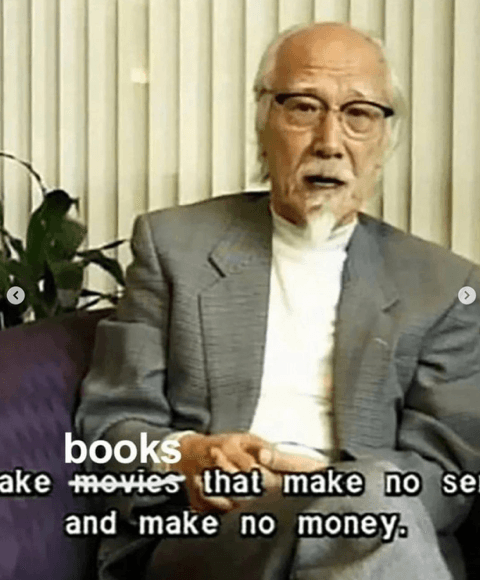
“I don’t understand everything in this essay,” Estelle Hoy concludes in one of the pieces in her new collection, “and I’d like to keep it that way.” This would be a bold statement coming from any writer, but when voiced from a writer on visual art—that medium perhaps most contingent on the staged masquerade of knowledge-as-power—this embrace of non-understanding, of not-knowing—that same not-knowing being the shoehorn of every great and pertinent philosophical text throughout history—is risky and, for many I would imagine, menacing. Gripes about the dismal state of art criticism—its solidification into a boring, limited spectrum whose chief vernacular is clearly derived from the joyless world of PR—are nothing new; Hoy’s writing is a joyful disruption of this status quo. Nonsense as sense: the literary production, perpetuation of not-knowing is essentially an aesthetic decision; through this, Hoy’s work suggests, the possibility of new meanings sways before us.
In pieces like “I’m Going to Slip Myself a Mickey” (the titles: yes!), genre discernment can be tough for the category-trained mind: Is what we’re reading a short story? A prose poem? Art criticism traditionally presupposes an about. In Hoy’s textual objects, the subject is hard to locate. They are etched out of a verbal spillage, revealing a certain formlessness at the very core of the thing. What these texts propose is an art writing that is distinct from art criticism, effectively annihilating that “about” on which the art critical enterprise rests. In a piece conversant with the work of Francesca Woodman, Hoy identifies the artist’s “pull towards things that have no discernible plot,” clarifying in the next sentence that what the artist is really pulled towards is “multiple plots”; here, Hoy might as well be writing about herself.
Her approach is further distinguished by an inherent rejection of auto-fiction, a tired approach that often comes to the forefront in the micro-field of art writing. It can be readily discerned that the “I” in so many of the pieces in saké blue is almost always not Hoy herself, but a character forged out of the contemporary art world ether that she knows well enough to effectively satirize, turning an entire milieu into a ruthless confection. The yielded swirl of subjective otherness spouting these non sequitur-laden poesies allows for a range of positions, from an agency overdosed on critical theory to a cringe-worthy idealism that caves into naïveté.
Hoy is a stylist par excellence, which makes her a blatant anomaly in an age when style, when texture have been all but forgotten in the scene of writing. The willed inability to understand; the joy-drenched orgy of language liberated from its servitude to meaning as forged by the sensus communis; the politics of resistance encoded therein. Above all, the truly lovely thing about Hoy’s writing is all the levels, the textu(r)alities, comprising the surface; the depths are left for us to plummet.
Estelle Hoy is a writer and art critic based in Berlin. Her acclaimed book Pisti, 80 rue de Belleville was published in 2020 (After 8 Books) with an introduction by Chris Kraus; and Jus d’Orange, co-authored with Camille Henrot, was published in 2023 (NERO Edition). In 2024, she published a book of essays, saké blue: Selected Writings, with After 8 Books, Paris. Hoy regularly publishes in the international press. She is editor-at-large for Flash Art.
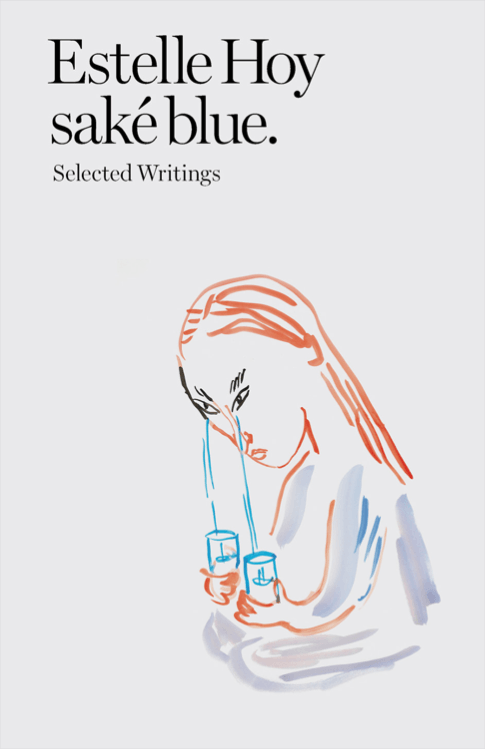
Travis Jeppesen is the author of the novels Victims, Settlers Landing, Wolf at the Door, and The Suiciders, as well as two volumes of poetry and a collection of art criticism, Disorientations: Art on the Margins of the “Contemporary”. In 2018, his book See You Again in Pyongyang, about his time living and studying in North Korea, was published. His essays and criticism have appeared in The New York Times Magazine, Wall Street Journal, New York Daily News, Artforum, Afterall, Art in America, Texte zur Kunst, Flash Art, Bookforum, Spike, Frieze, and Mousse, among other publications.
He wrote the 2014 feature film The Coat, directed by Christophe Chemin. In April 2023, Jeppesen’s latest play, Ghosts of the Landwehr Canal, premiered at Berliner Ringtheater under the direction of Ping-Hsiang Wang. His calligraphic and text-based artwork has been the subject of solo exhibitions at Wilkinson Gallery (London), Exile (Berlin), and Rupert (Vilnius), and featured in group exhibitions internationally, including the 2014 Whitney Biennial. Jeppesen holds a PhD in Critical Writing in Art and Design from the Royal College of Art, and previously served as assistant professor at the Institute for Cultural and Creative Industry at Shanghai Jiao Tong University. In 2024, he was named senior editor of artforum.com.
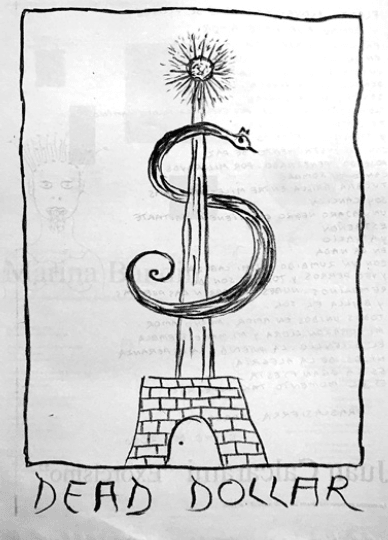
Credits
- Text: TRAVIS JEPPESEN
Related Content
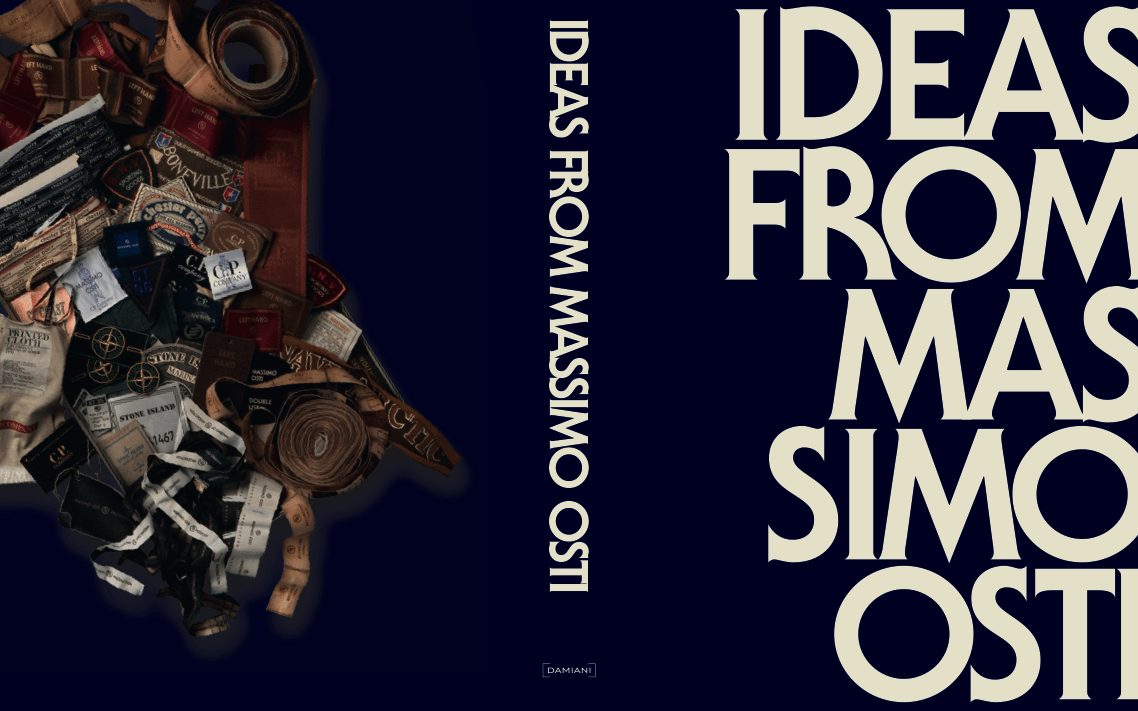
“Ideas from MASSIMO OSTI”: 032c Book Club, Classics #1
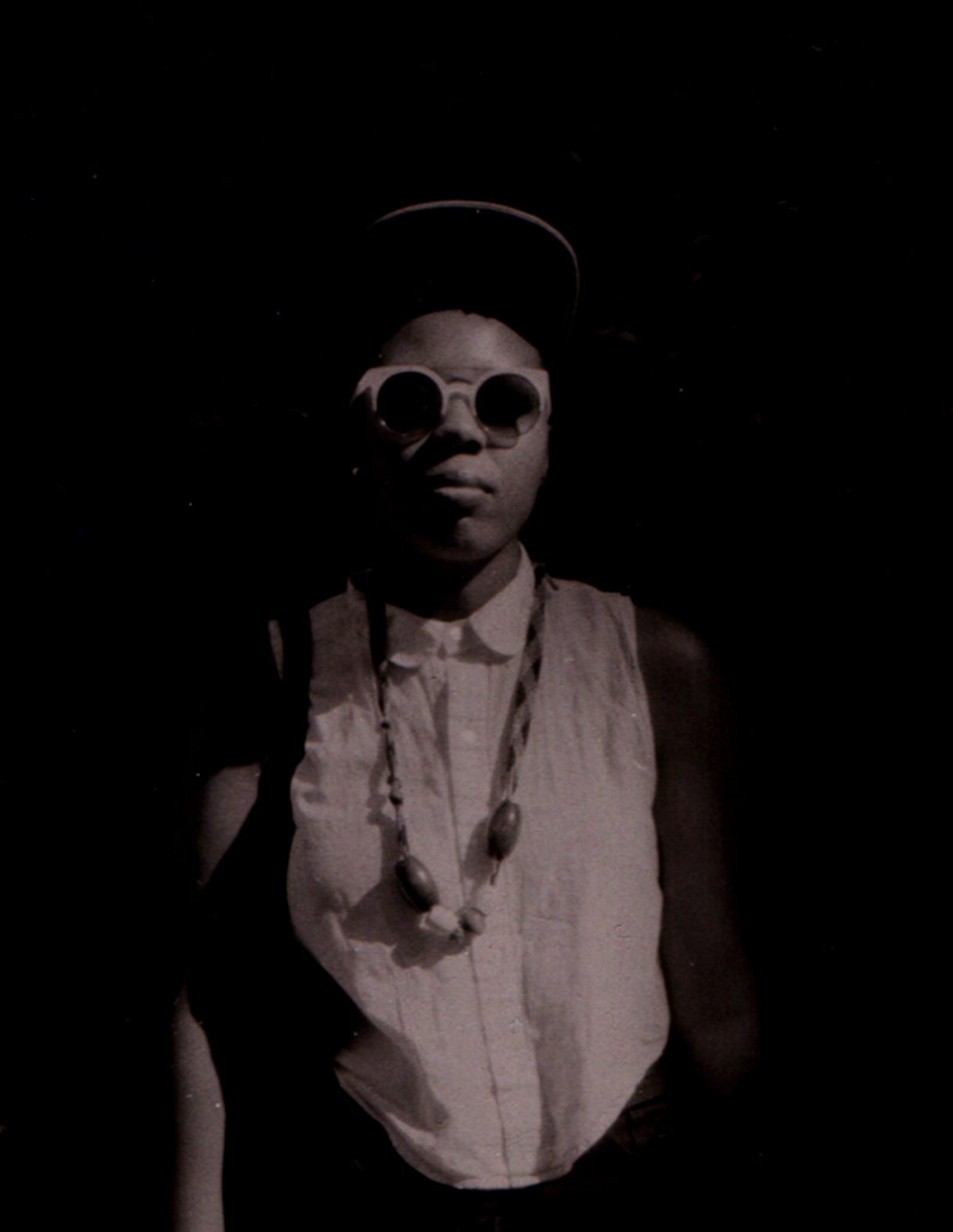
MARTINE SYMS: Set Alight All Hackneyed Tropes
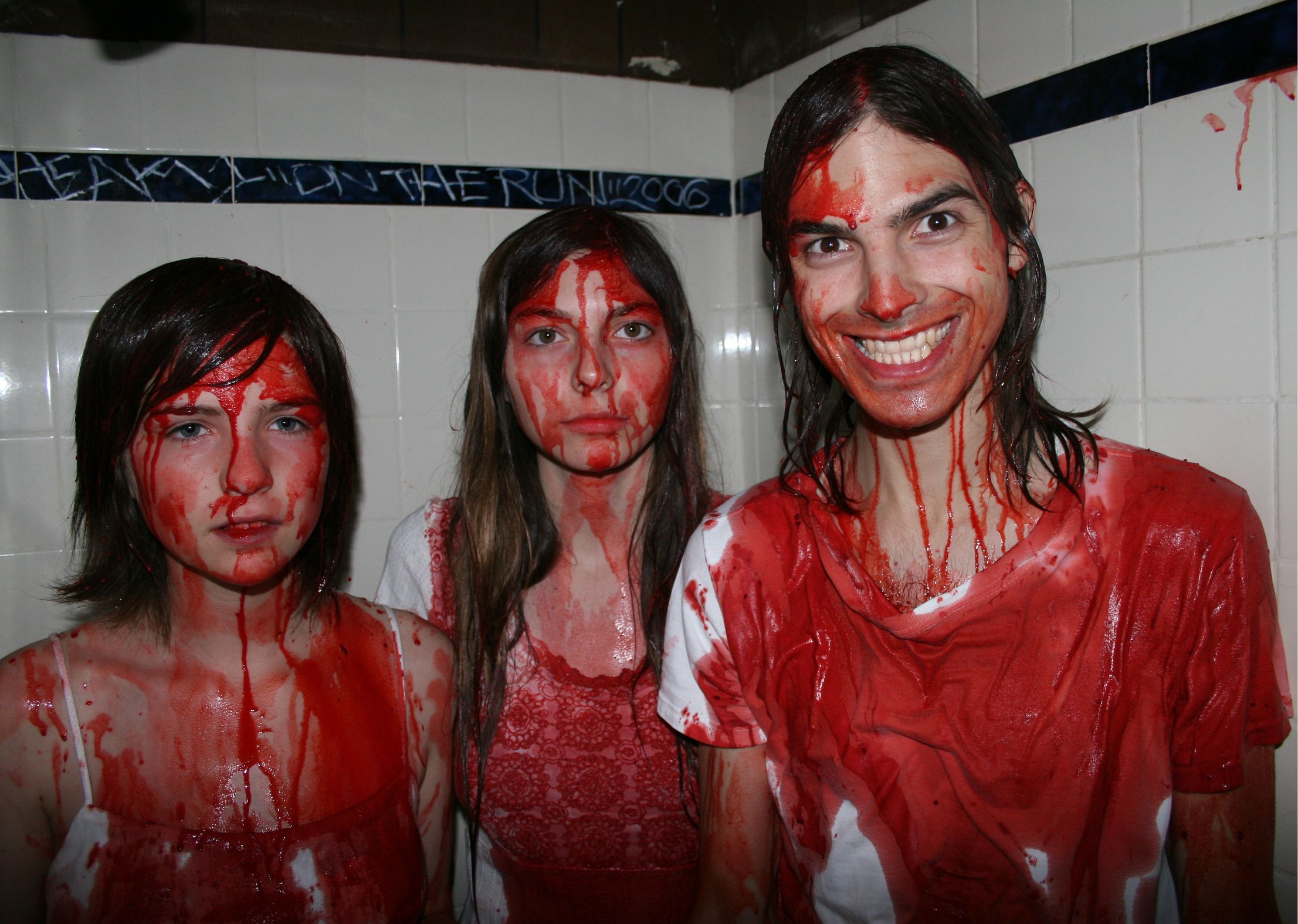
Cobrasnake: Berlin Review
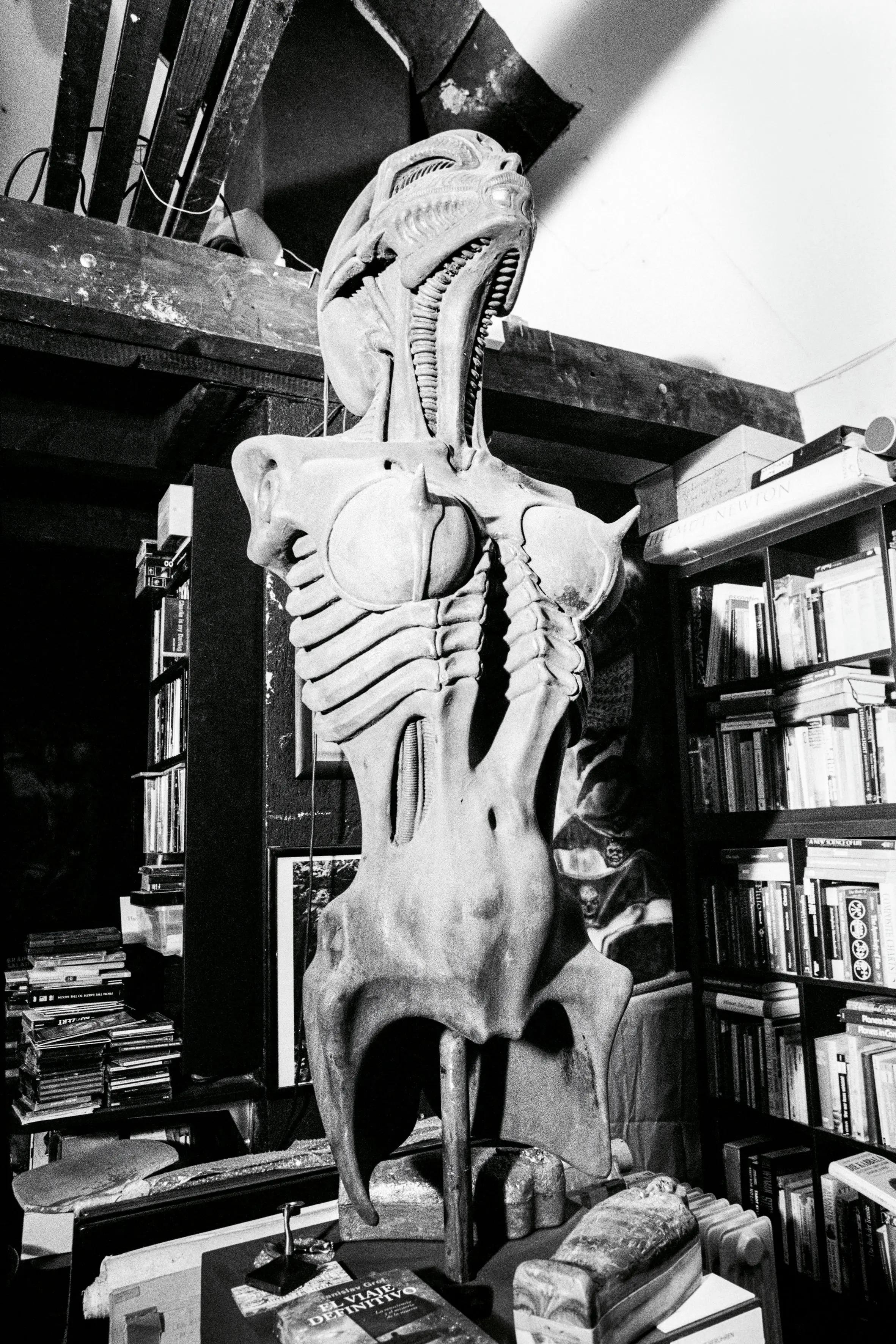
Libidinal Teratology: HR GIGER by CAMILLE VIVIER

Cornered: Berlin Review
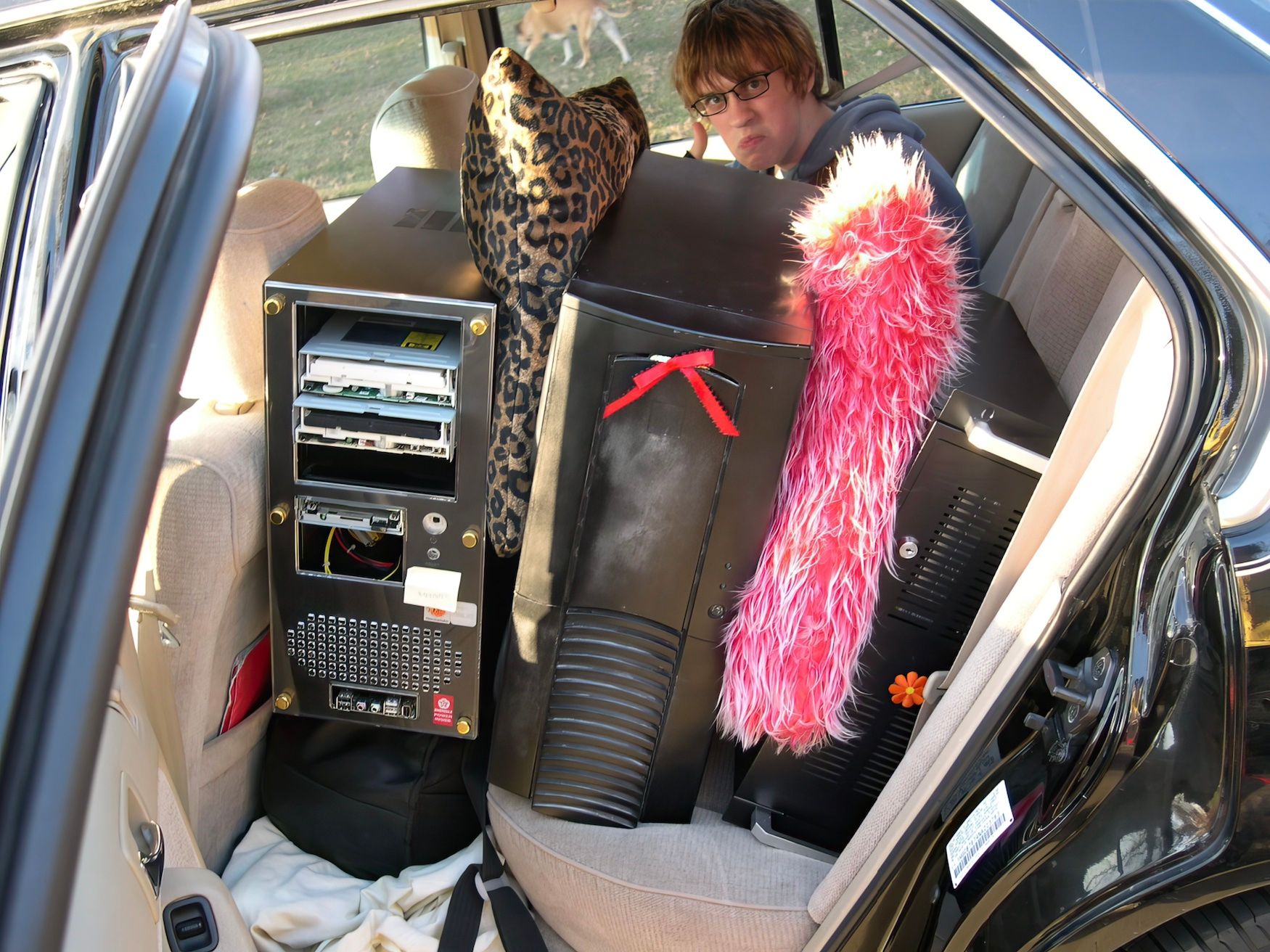
An Internet the Size of a Room: Berlin Review
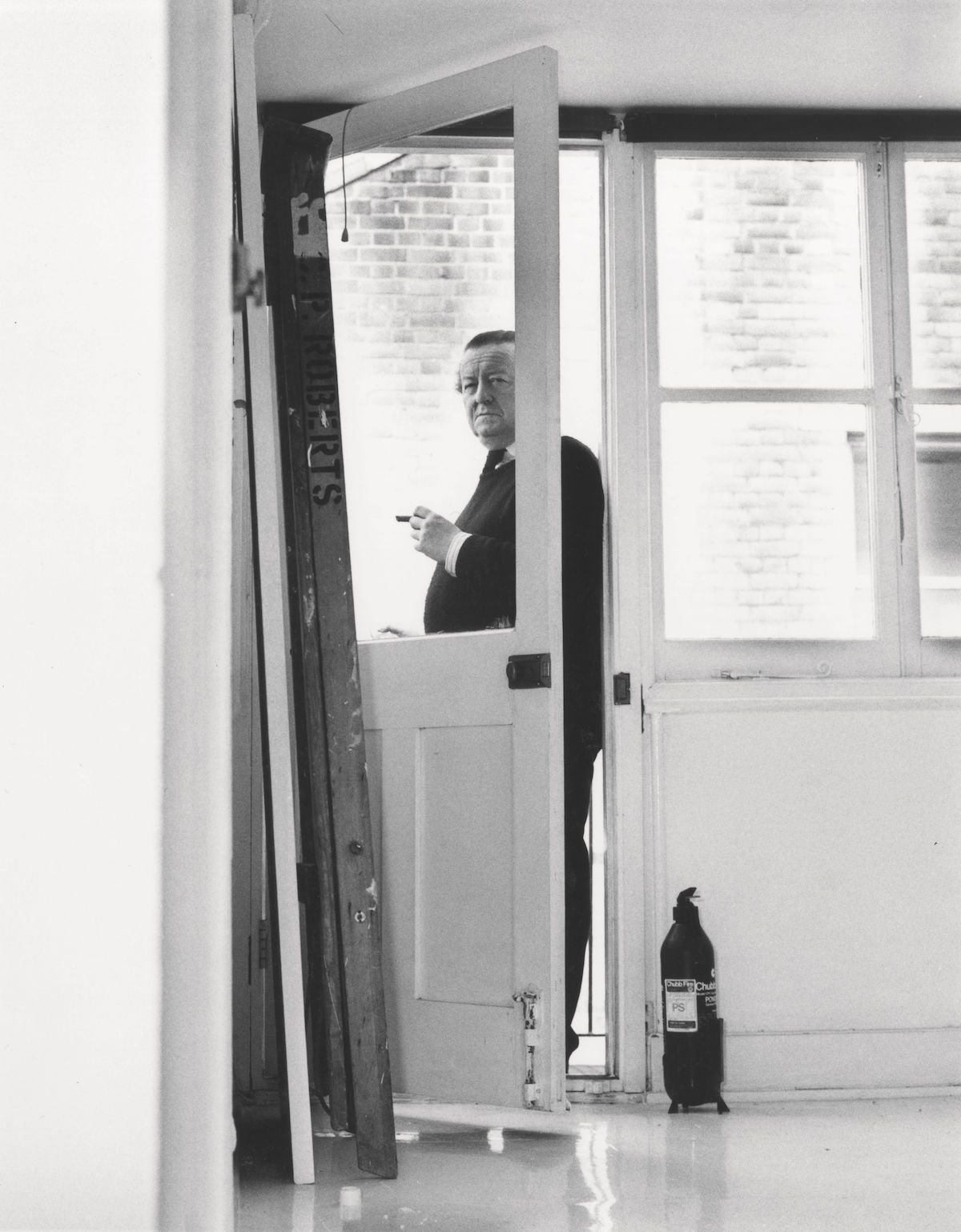
Why Don’t Umbrellas Grow in the Rain? 12 Proclamations by Architect CEDRIC PRICE
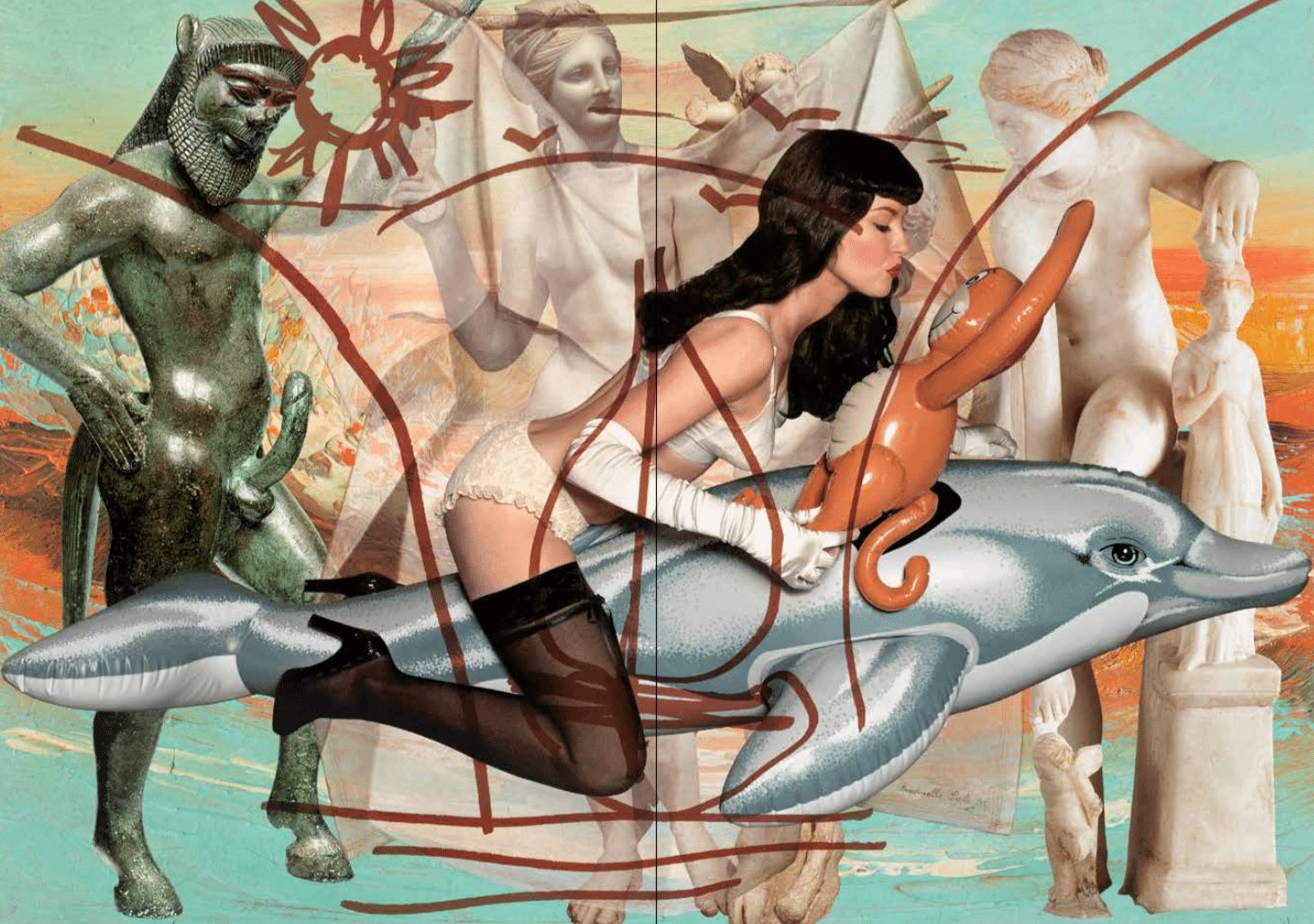
Keeping it Platonic: A Conversation with JEFF KOONS
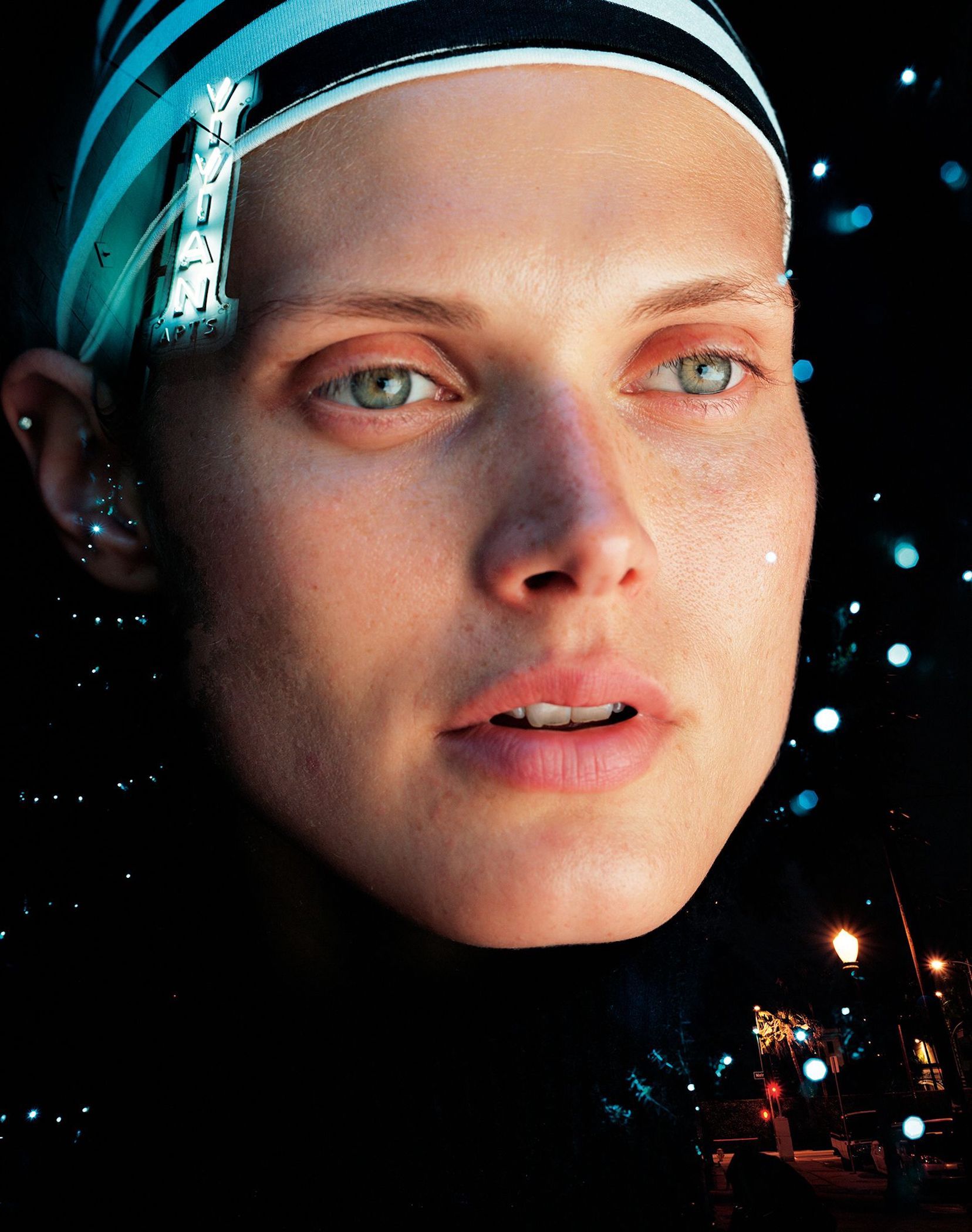
TORBJØRN RØDLAND: How Powerful is a Face?
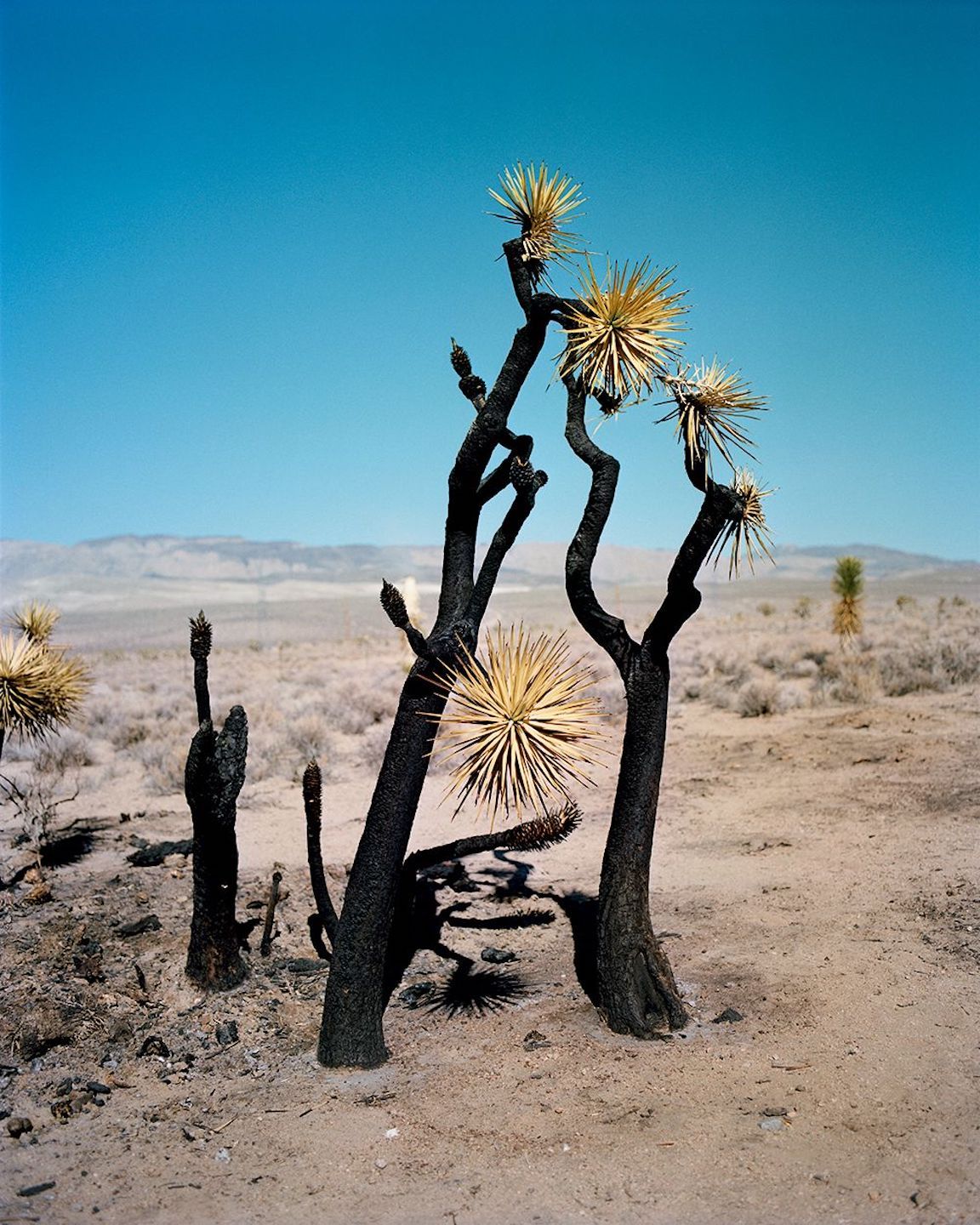
GREGORY HALPERN Channels the Manifest Destiny Mysticism of Los Angeles
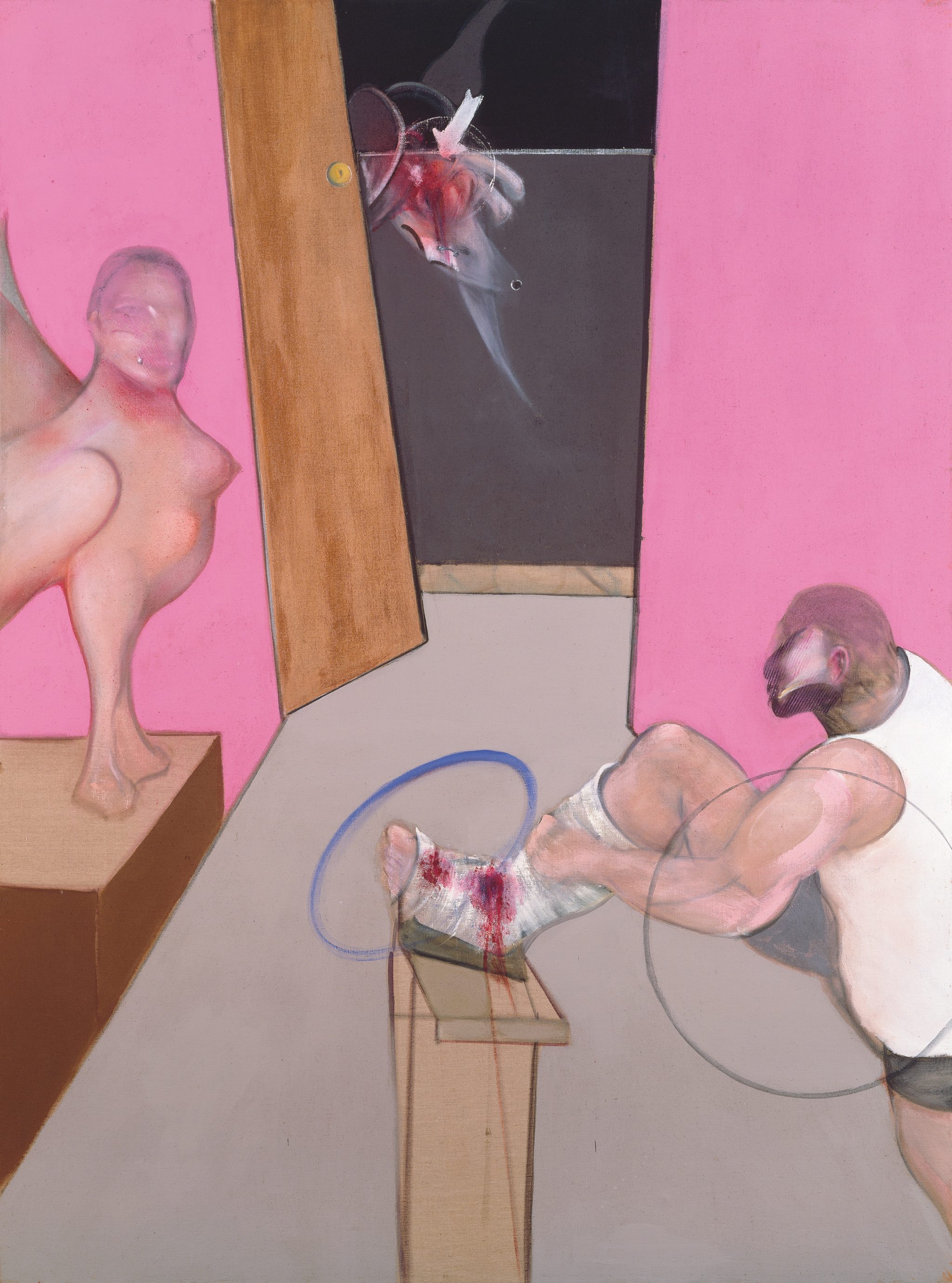
Every FRANCIS BACON, Ever.

GREGORY HALPERN Channels the Manifest Destiny Mysticism of Los Angeles